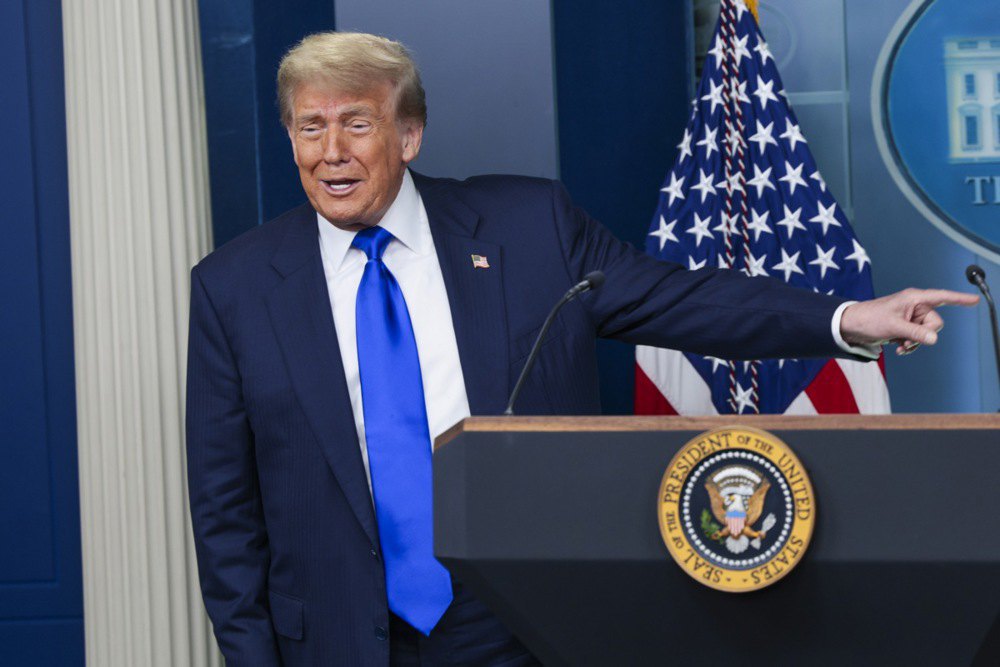
What does the future hold for us?
The issue of armament is important for any state. This is especially true for a state at war. For a nation in an asymmetric war, it means a tightrope walk between defeat and survival. The capability of the Ukrainian Armed Forces depends on the supply of a wide range of weapons from European and American partners. Against the backdrop of the Russia’s rapid build-up of air strike capabilities, the first priority is air defence, and here the MIM-104 Patriot air defence systems with PAC-3 anti-missile missiles, capable of shooting down ballistic missiles, are critical – the only type of weapon against which our military-industrial complex has not yet offered a solution.
At the same time, the issue of assistance is much broader – it concerns the supply of artillery shells and equipment, MANPADS, anti-tank missile systems, mines, aircraft missiles, HIMARS, small arms, ammunition, etc. Our needs are categorically not commensurate with our capabilities, and our partners are helping to compensate for the difference.
What is wrong with this scheme? Dependence. The geostrategic challenges of today require the United States to respond to an ever-widening list of flashpoints, and Ukraine cannot be sure that it is given the highest priority on this list, despite the catastrophic consequences for the world of a hypothetical defeat of Kyiv. On 1 July, Washington made another attempt to cut spending by freezing the aid package, and on 11 July, it officially announced that it was resuming aid.
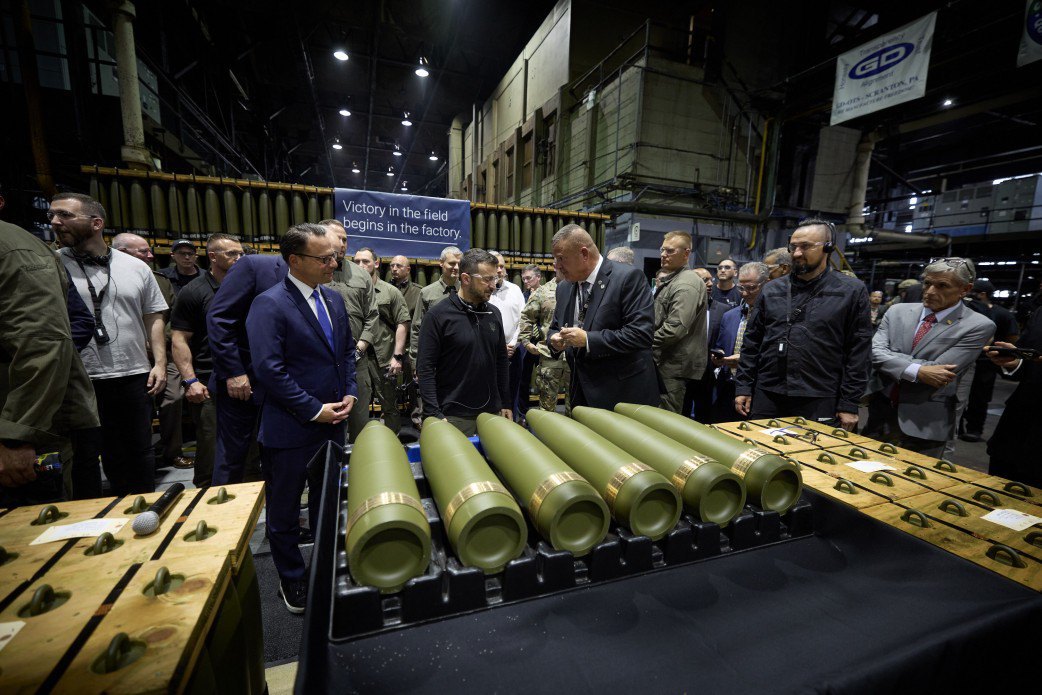
A subtle shift
Donald Trump tried to end the war as quickly as possible – and failed. Donald Trump sought a temporary truce – and failed. Despite the somewhat disastrous start to relations with the new administration for Kyiv, in recent months the US president’s rhetoric has become more favourable towards Ukraine, given Putin’s disregard for the White House’s peace proposals. It should be noted that these proposals were quite generous for the Kremlin – a freeze along the front line, the lifting of some sanctions, and recognition of control over Crimea. Trump was even prepared to discuss not expanding NATO eastward and guaranteeing that Ukraine would not join the Alliance. De facto, this would mean a strategic defeat for the Ukrainian state, as Kyiv’s main goal in the war – a guarantee of security in the future – would be ignored.
The US president’s modus operandi was based on obvious facts: Russia has already lost more from this war than it can gain; the Russian economy is approaching recession; the human and material resources of the Russian Armed Forces are depleted, and the latter cannot be restored even in the medium term. The synthesis of these facts was the assumption that the Kremlin would gladly agree to freeze the war and consolidate its gains. Well, that did not happen. And for at least two reasons.
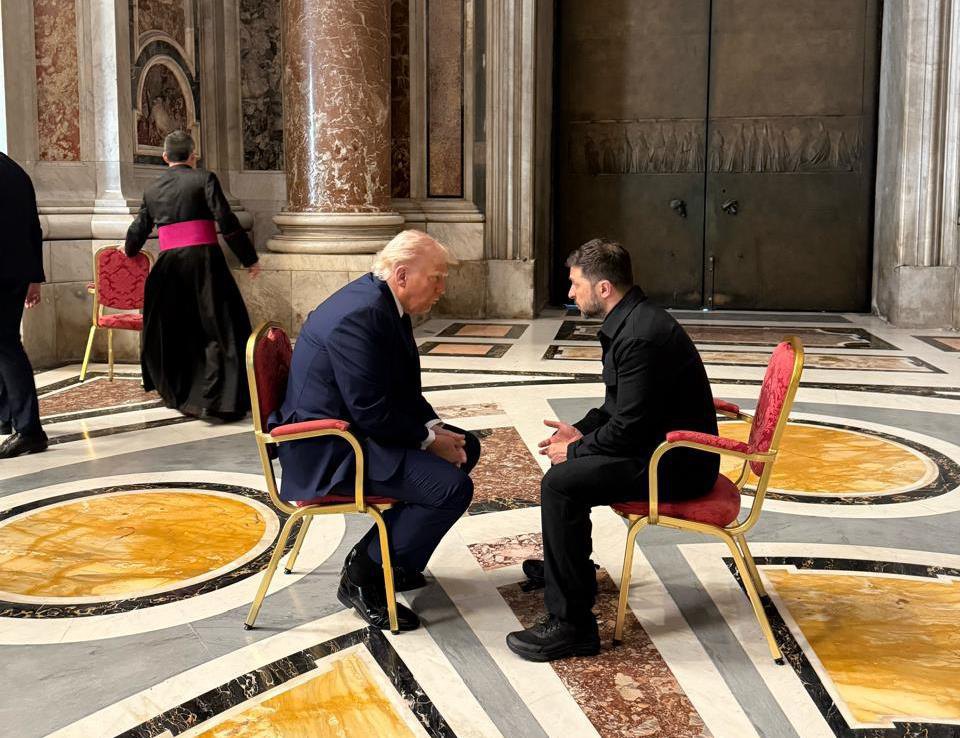
The architecture of the defeat of peaceful aspirations
The first factor is objective. Washington underestimated Russia’s dependence on China. During the years of war, when the Russian regime was cut off from Western markets, technology imports and the financial system, it increasingly relied on Beijing’s support. Today, China buys about 40% of Russia’s fossil fuel exports, almost doubling its share during the war; it supplies goods and equipment necessary for the military-industrial complex and has publicly stated that it cannot accept Russia’s defeat in the war. So why does it need the Russian–Ukrainian war? On the one hand, China is undermining American influence and the security architecture in Europe with the help of the Russians, distracting the attention of the United States. On the other hand, the continuation of the war guarantees the isolation of the Russian Federation, which means the opportunity to import Russian energy resources, ores, timber and agricultural products at a significant discount, to displace Russian influence in Central Asia and the South Caucasus, and to obtain previously inaccessible Russian military-industrial complex technologies.
These arguments could create the impression that the war is not beneficial to Russia. From a rational point of view, this is true – the losses of the Russian state are enormous, often irreparable, and China’s support has turned into an unequal client relationship. So the next reason why the war continues is Vladimir Putin. The Russian autocrat has an irrational desire to continue the war, guided more by his own perceptions of the realities of both the fighting and the state of the Russian state. The Russian leader regularly says that Moscow is not retreating from its original goals, about the benefits of war, and the quantitative and qualitative growth of the economy, while the leaders of the Russian government’s economic bloc are publicly discussing recession.
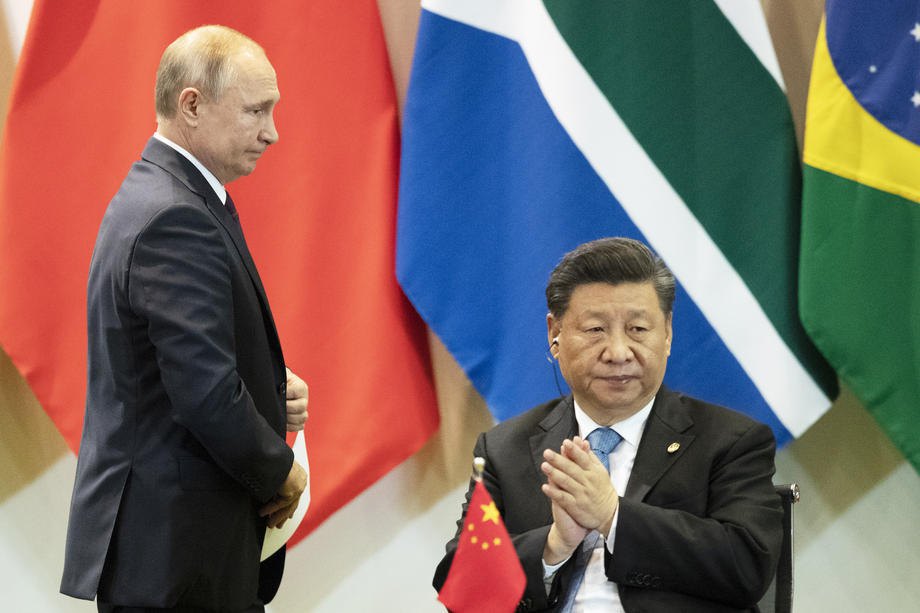
It can be stated that the Russian Federation’s policy is completely personalised by the president. Russia’s rational state interests are ignored, as the autocrat’s desires, which often do not correspond to the needs of the state, take precedence. Therefore, the Russian Federation’s strategic situation is a choice between a freeze, an offensive, and surrender. The Putin factor and the current government rule out the third option, while the PRC factor rules out the first. When the US says that Putin does not want peace, this should be understood as the Russian Federation’s unwillingness to sever its vassal relations with China, and therefore, America’s interests are ignored. Finally, Washington had to acknowledge Putin’s inability to negotiate and, accordingly, the failure of the peace plan. It is reasonable to assume that the US president was pushed to this conclusion by communications with NATO partners, who consistently convinced Donald Trump that Russia was sabotaging the negotiations.
10-day ceasefire
Against this backdrop, the decision to suspend military aid appears to be a last-ditch attempt to get Russia to engage in meaningful negotiations. Even if Pete Hagseth made this decision on his own, the White House could well have seen it as an opportunity. Russia has repeatedly stated that one of the conditions for a ceasefire is the cessation of Western arms supplies to Ukraine, so two days after the Pentagon’s decision, Donald Trump called the Russian leader. Obviously, the details of the conversation are unknown, but the result was disappointment for the American president. Despite the public halt to supplies, a peace agreement did not come any closer.
On the other hand, the Pentagon’s actions provoked a negative reaction both inside and outside the United States. The combined effect of Europe and Russia’s actions soon led to the lifting of the freeze on supplies, and later, after consulting with allies, Donald Trump presented a new format for arms supplies to Ukraine: NATO purchases weapons from the United States and transfers them to Ukraine. The details of the process are still being worked out, but certain results are already available. In particular, Germany has already agreed to pay for two Patriot systems, and Norway has agreed to pay for another.
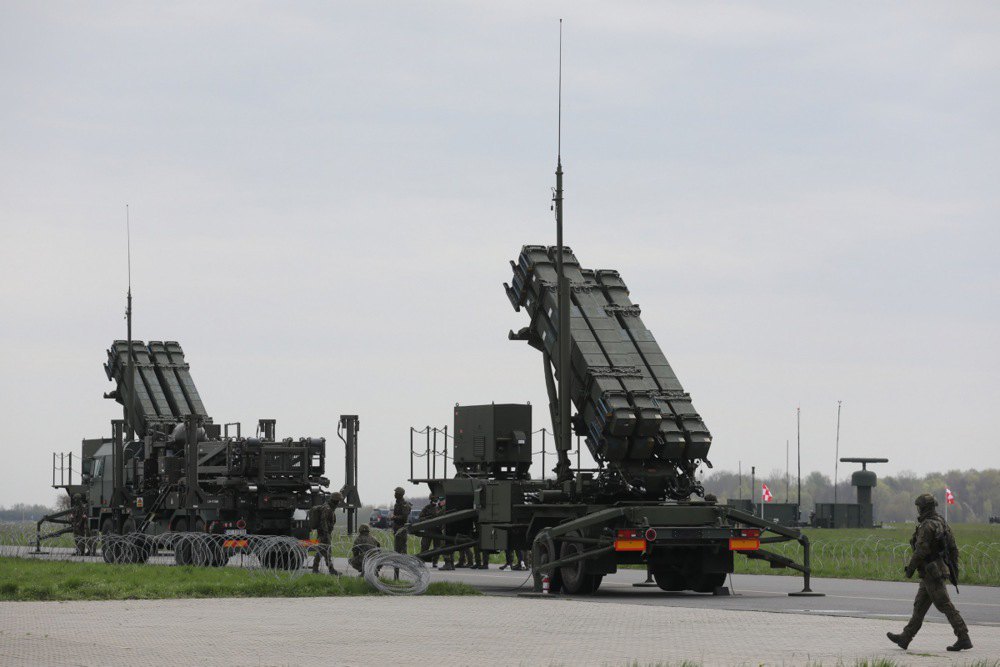
At the same time, the US Senate Armed Services Committee supported an increase in the budget for annual security assistance to Ukraine from $300 million to $500 million. The draft budget itself still has to go through further stages of approval in Congress, but this indicates a qualitative change in favour of Kyiv.
It has also become known that the White House plans to send a new aid package to Ukraine, which will be decided not by Congress but by Donald Trump under his presidential powers (PDA). Insider information suggests that the amount of aid will be $300 million, but there is no official list at this time. If adopted, this decision should be considered significant, as the 47th President of the United States has not done so before; previous aid tranches were allocated by Washington as part of decisions made by President Biden.
“The Great Conference”
The main interest of the United States is to end the war with results that are acceptable to the Euro–Atlantic security system. Without forgetting Donald Trump’s voluntaristic diplomatic methods, it can still be said that Washington links this interest with support for Ukraine, as evidenced by the meeting between the US President and NATO Secretary General Mark Rutte. The statements made at the briefing after the meeting can be assessed rather positively.
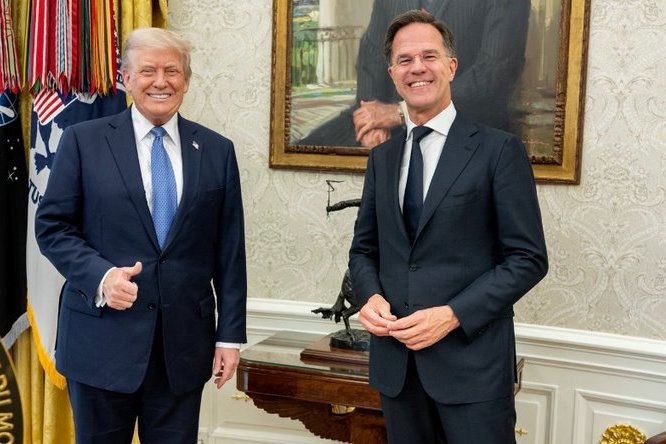
In addition to the important statements that Trump is disappointed with Putin and his deception, and that “talks are not working,” further steps by the American administration aimed at supporting Ukraine and a new format of cooperation with Europe were announced, including, first, the transfer of “17 Patriot systems,” which an “unnamed country” agreed to transfer. It is reasonable to assume that we are talking not about 17 systems, but about launchers, but even in this interpretation, it is a significant number, especially if it is accompanied by a sufficient amount of ammunition. Another sign of a change in US policy was the announcement of a defence order worth billions of dollars (according to Axios, $10 billion), which America will provide to Ukraine at the expense of NATO (in fact, Europe).
On the other hand, Washington does not rule out the possibility of reaching an agreement with the Kremlin. The United States has again issued an ultimatum to Moscow, demanding its agreement in principle to a deal with Kyiv within 50 days. The alternative is secondary sanctions – 100% tariffs for countries that are trading partners of the Russian Federation – which, incidentally, contradicts the previous position of the administration, voiced by Rubio, that threats of sanctions will only harm a possible agreement. This is less than the previously announced 500% tariffs, and specific criteria for countries whose products will be subject to such restrictions remain behind the scenes, but such a level of tariffs could still be an extremely painful blow to the Kremlin’s trade if Russia’s partners take this threat seriously.
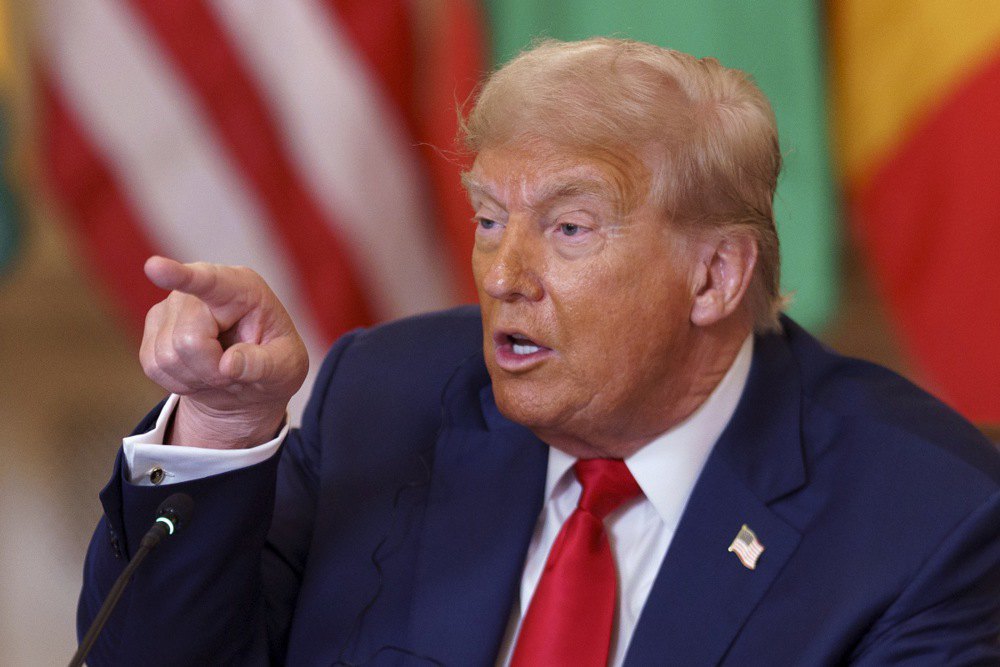
Conclusions
The events of the summer in international politics give us reason for cautious optimism. The US leader seems to be increasingly disappointed in the Russian president, and the NATO summit in The Hague, where Donald Trump was called the “father” of the Alliance, demonstrated America’s commitment to Article 5 of the NATO Charter and collective defence, while European countries agreed to increase military spending to the level desired by Washington – i.e. 5% of GDP. The new administration has broken the ice on the issue of arms supplies to Kyiv. At the same time, it should be understood that a final judgement should only be made on the basis of actions, and time will tell how strong the new consensus on Ukraine will be and whether the American leader will carry out his ultimatum.







